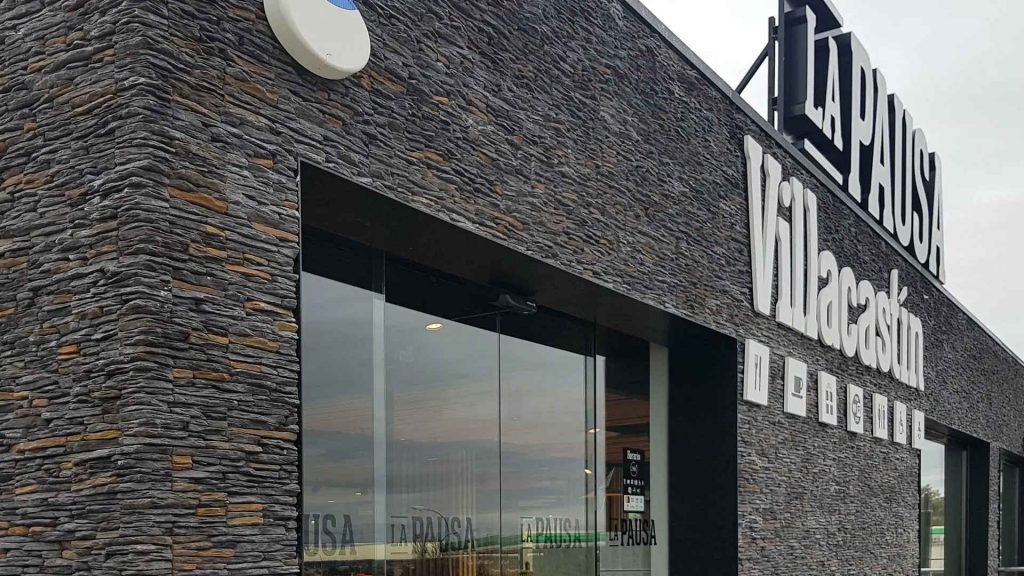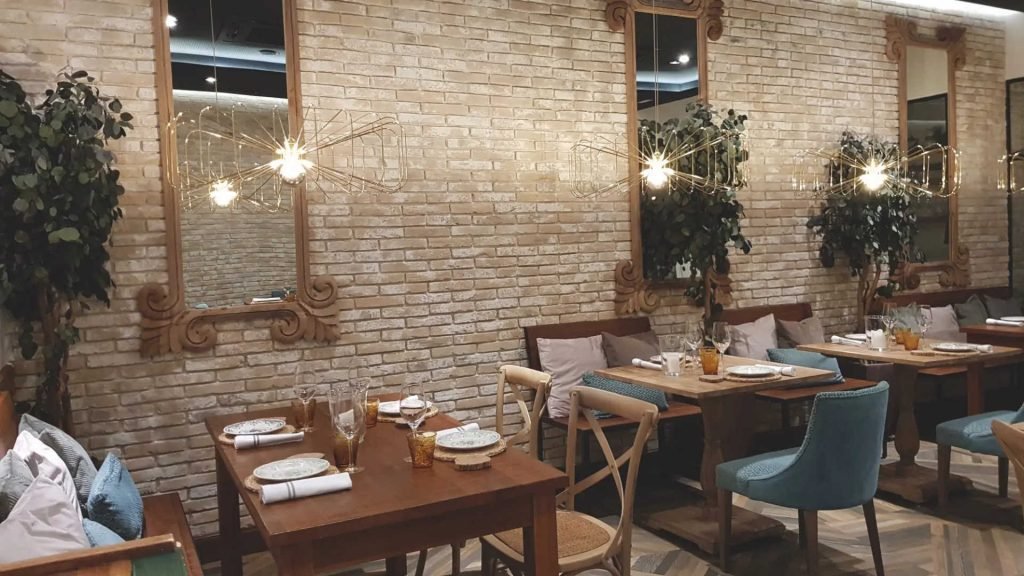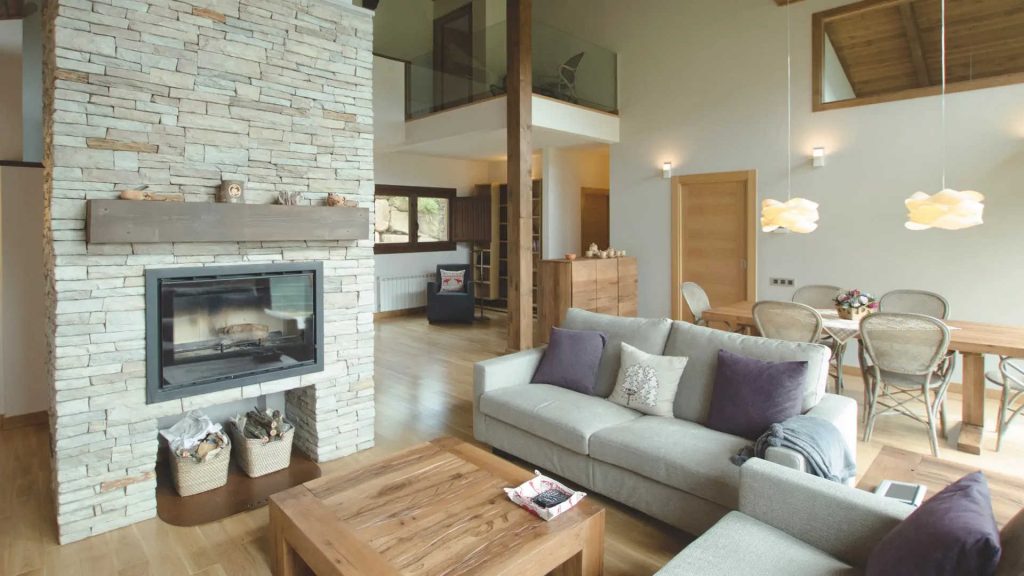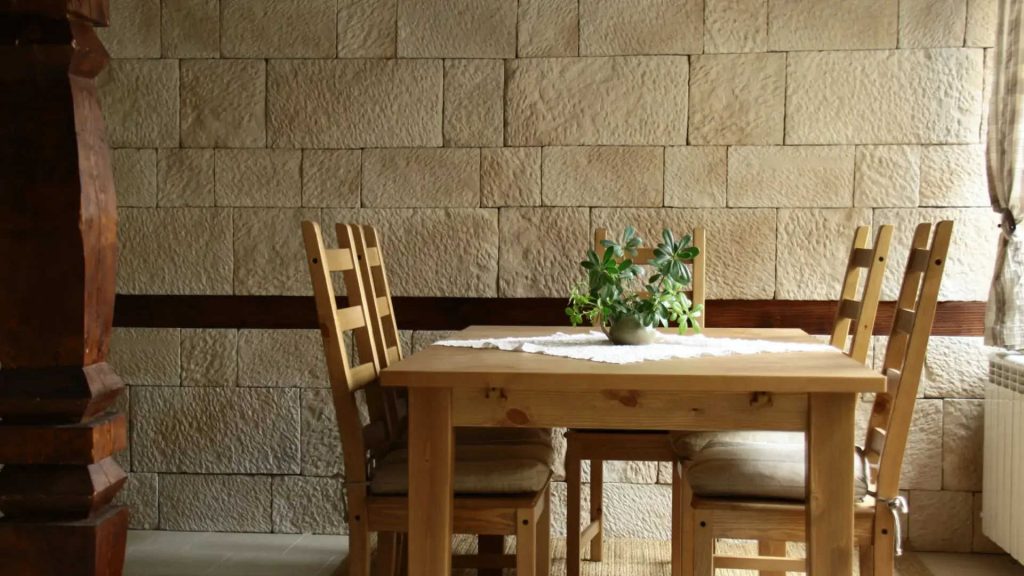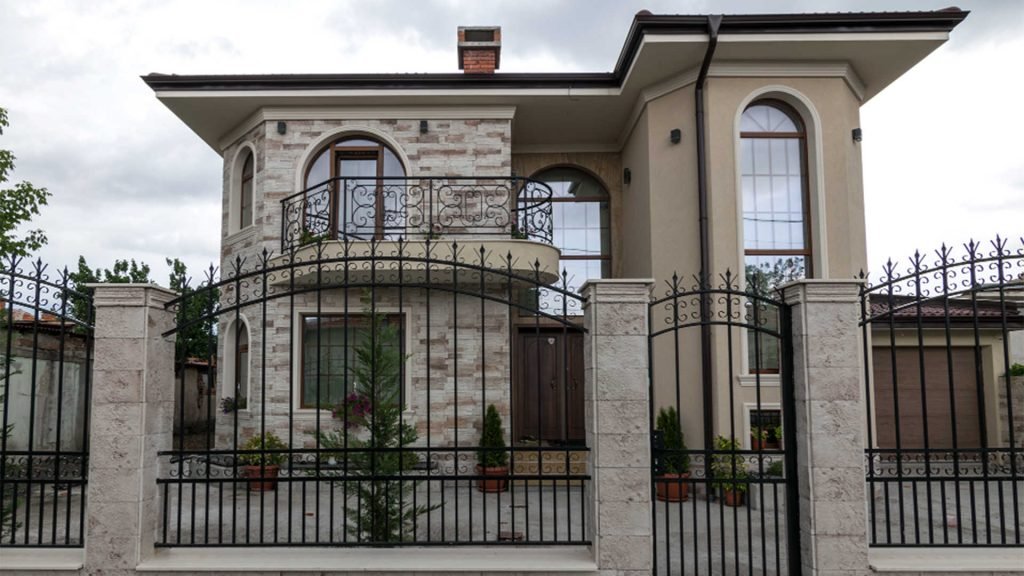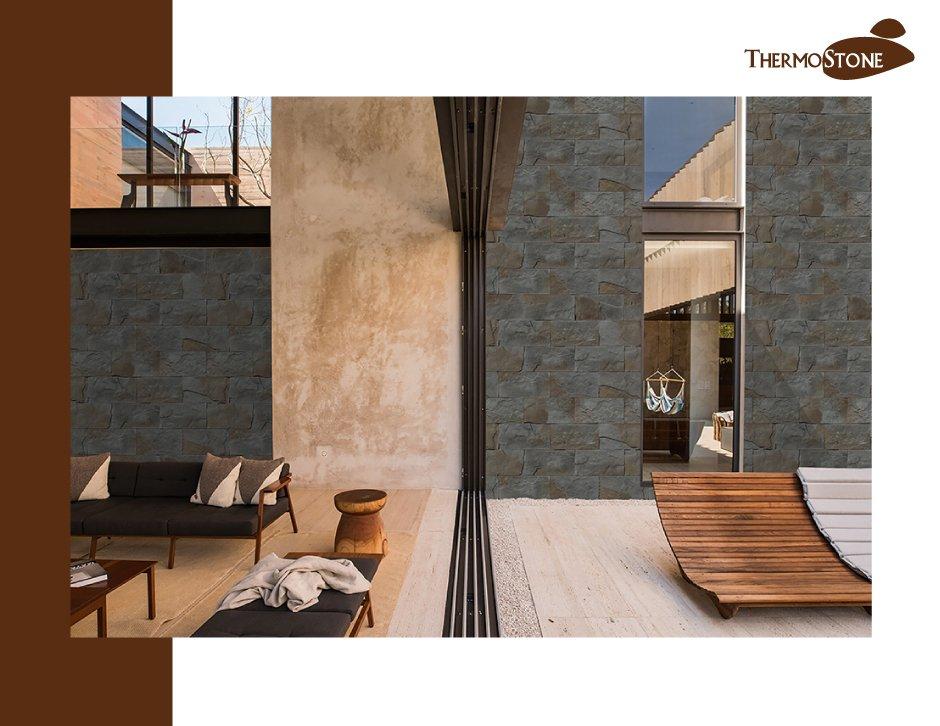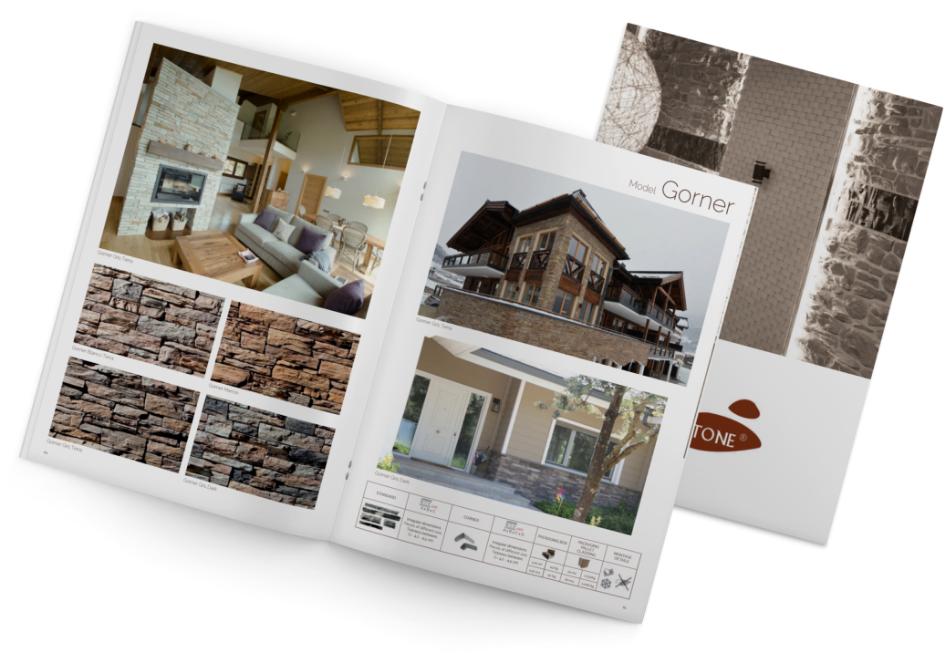Wall cladding is the layer that covers and decorates a surface. The cladding extends the life of the surface by adding colour, texture and protection. This means it has an important function that goes beyond its appearance. It helps to preserve and maintain the walls by resisting staining and discoloration.
External wall cladding can be done with various materials, the most popular of which are wood and stone, both natural and eco-friendly artificial. In either case, the cladding material will be determined by the structure and the design.
When choosing your façade materials, it is also essential to keep the regional climate in mind, as certain materials are better than others at withstanding heat or dampness. For this reason, there are other elements that need to be kept in mind when deciding on the cladding.
Reasons for choosing a cladding for your wall or facade
It provides protection: One of the main advantages of cladding an exterior wall is that it provides a protective layer at the same time as it increases the robustness of the wall. As well as protecting the structure from rain or strong winds, many claddings are thermal and anti-damp insulators. This helps to keep the house safe during storms.
It needs hardly any maintenance: Depending on the material used to cover the façade, some require very little maintenance.
For aesthetic reasons: Another reason for choosing to clad a façade is for aesthetics. The choice of cladding is a question of personal preference and has little effect on the overall value of a property.
Natural stone as exterior cladding
Natural stone is the ideal cladding for an exterior wall. It is a hard-wearing material with a marvellous visual impact which gives the exterior of your house, wall or building a great deal of character. There is an eco-friendly alternative to natural stone, and this is artificial or eco-friendly stone.
Characteristics of artificial stone
Lightness. Artificial stone is a great choice for cladding exterior walls because it is very lightweight. This makes it easy to transport and to install, and as the installation of cladding is an important part of the project in general, it can reflect positively on the final budget of any new build or renovation project.
Resistant. One of the main advantages of cladding an exterior wall with eco-friendly artificial stone is that it is a very hard-wearing material which can withstand bad weather and other types of weathering.
Functionality. The material is completely breathable, quick drying and can be used both indoors and outdoors. This durability and functionality makes artificial stone an excellent choice for cladding exterior walls.
Insulation. It is extremely weatherproof and provides good insulation from thermal and acoustic leakage. One of the main advantages of cladding exterior walls with eco-friendly artificial stone is that it is an extremely hard-wearing and breathable material that can withstand bad weather and high temperatures. This type of stone is also very hard-wearing and can withstand bad weather and other types of weathering.
Energy saving. One of the main advantages of cladding an exterior wall with eco-friendly artificial stone is its energy saving. The considerable insulation provided by the cladding keeps the temperature stable, which translates into lower energy consumption.
Sustainability. Its a sustainable choice, as it is manufactured with recyclable materials that have a low environmental impact.
How artificial stone is installed
The installation of artificial stone is a very simple process that can be carried out by anyone.
The first step is to measure the surface to be covered. Once you have the measurements, you can purchase the artificial stone that best suits your needs.
The next step is to prepare the surface on which the artificial stone will be installed. This means that you need to remove any previous facing, if there is one, and ensure that the surface is flat and free of dirt and dust. Once this has been done, you can begin to install the artificial stone.
The easiest way to do this is to use an adhesive mortar. You simply spread the mortar over the surface where the artificial stone will be installed, then position the stone as desired and press firmly. Ensure that all the stones are placed correctly before you allow the mortar to dry.
Thank you for taking the time to read this article. If you have any questions or need any help, please contact Thermostone® immediately. For more information, call us now on +34 987 75 25 55 or go to the contact details on our website. We will be delighted to assist you.

